The Urch Perch | Interview | “Killer psych rock from Baltimore”
The Urch Perch was a psych rock band from Baltimore that almost signed with Frank Zappa and his Bizarre Records, although they declined it. Adobo Records will release five songs they actually recorded with famous producer George Massenburg in 1967.
The band featured Robbie Hildreth (vocals), Gil Reinhart (guitar), Ken Wolle (drums), Matt Siran (bass). The band was managed by Art Peyton. The Urch Perch’s popularity grew all around the Baltimore and Washington, DC area. They received a lot of other offers as well, but never actually signed any of it. Adobo Records will finally release their only existing archive recordings (March 17th 2023). You just don’t want to miss the intense acid rock expressions of The Urch Perch’s ‘Sweet Life’. The upcoming recordings include ‘In One Face and Out The Other,’ ‘Eyes of Dust,’ ‘Freaks Have Won,’ ‘Sweet Life,’ and ‘Things I See’. Words were by Gil Reinhart and Robbie Hildreth, music by all four members. The recordings were remastered February 8th by R Lee Townsend.
“Freaks have won!”
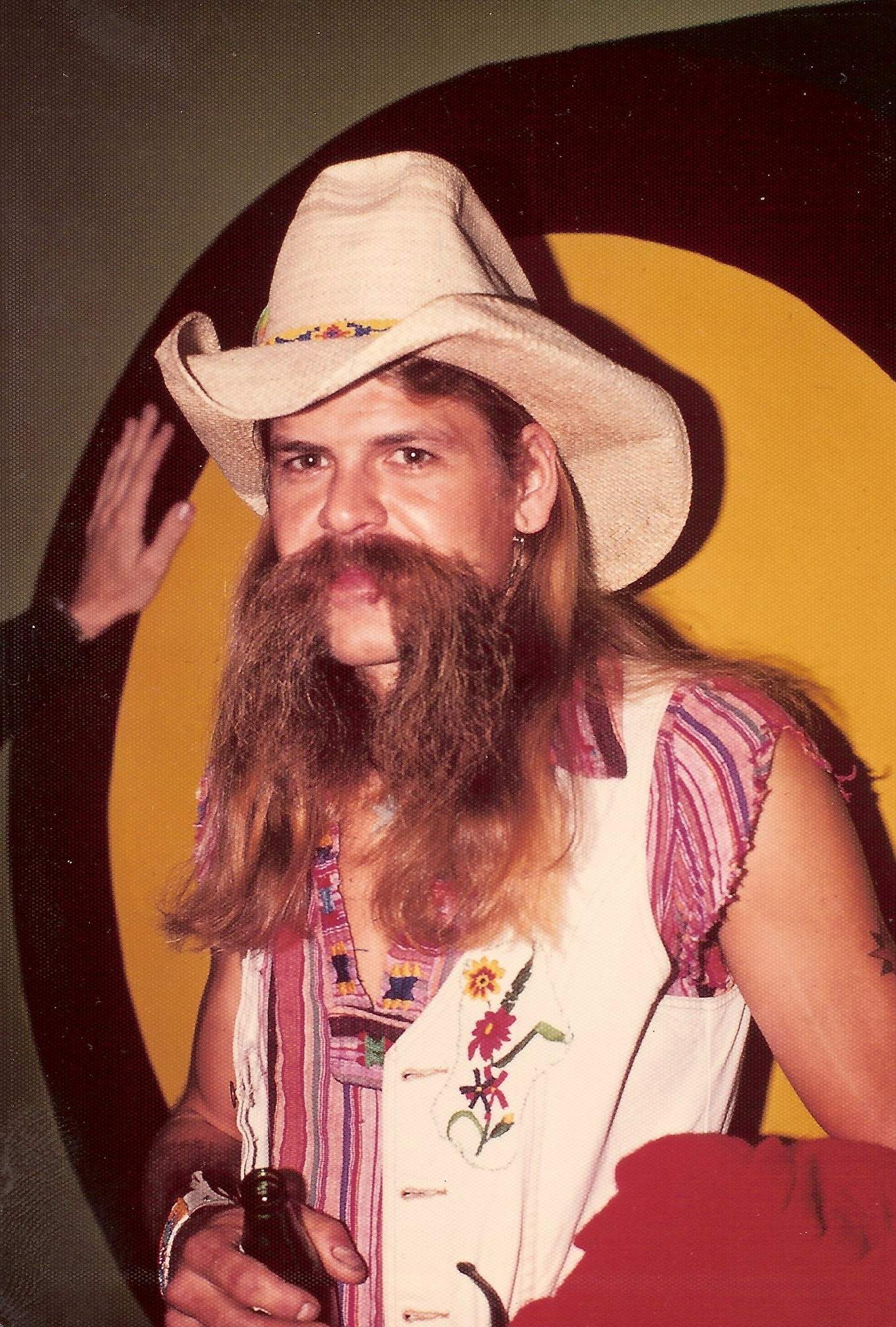
Where and when did you grow up? Was music a big part of your family life? Did the local music scene influence you or inspire you to play music?
Ken Wolle: Thanks for having us. I’m the drummer nda co-founder of The Urch Perch. I grew up in Baltimore. My father was born in Baltimore. My mother was born in Liverpool. My parents met in England during WWII. Music was always part of our family life. My brothers and sisters and cousins always stayed on top of the newest hits during the 50s like Elvis Presley, Pat Boone, Little Richard, James Brown, Buddy Holly, The Platters et cetera. My mother always played the radio with top 40 and country music all day and we had a Magnavox record player to play my parents’ collection of “Big Bands“ and Patsy Cline. We also got packages from Auntie Josie in England with 45s from Cliff Richard and others. My older brother went on the “Buddy Deane Show,” a dance show on local TV in Baltimore.
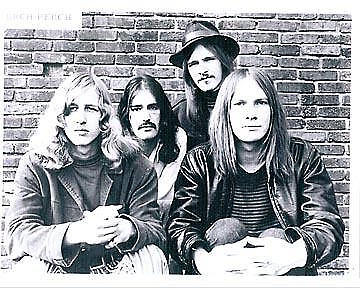
When did you begin playing music? What was your first instrument? Who were your major influences?
Then in the 60s the Beatles came to America. We watched them on TV, the Jack Parr show and Ed Sullivan show. That started me wanting to emulate them. My brothers best friend Dennis Landsinger had a borrowed set of drums to lend me and I was off and running learning to play ‘Wipe Out’ from the Ventures and “Fatback” beats from the soul music that permeated Baltimore radio and of course all the latest hits from across the pond like the Rolling Stones, Gerry and the Pacemakers, the Searchers, the Zombies and the Kinks.
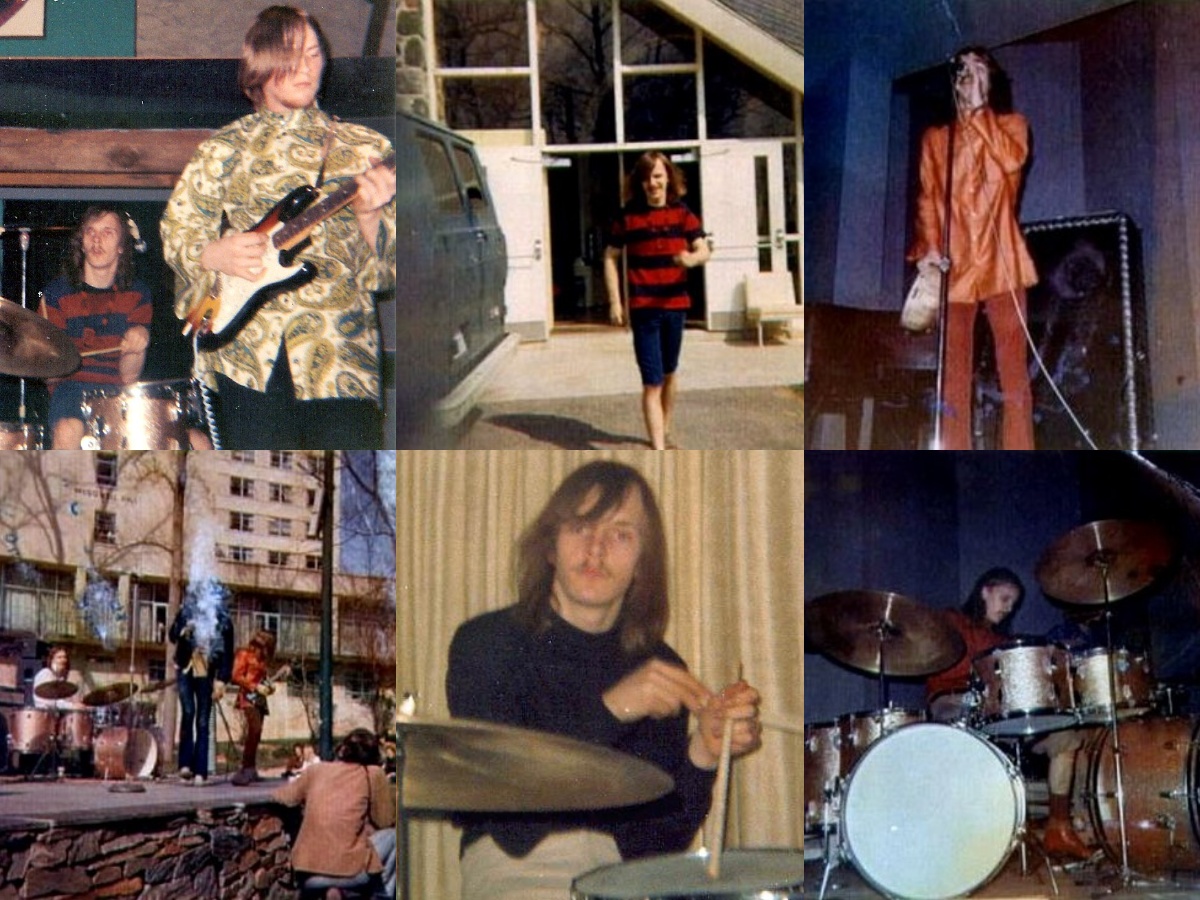
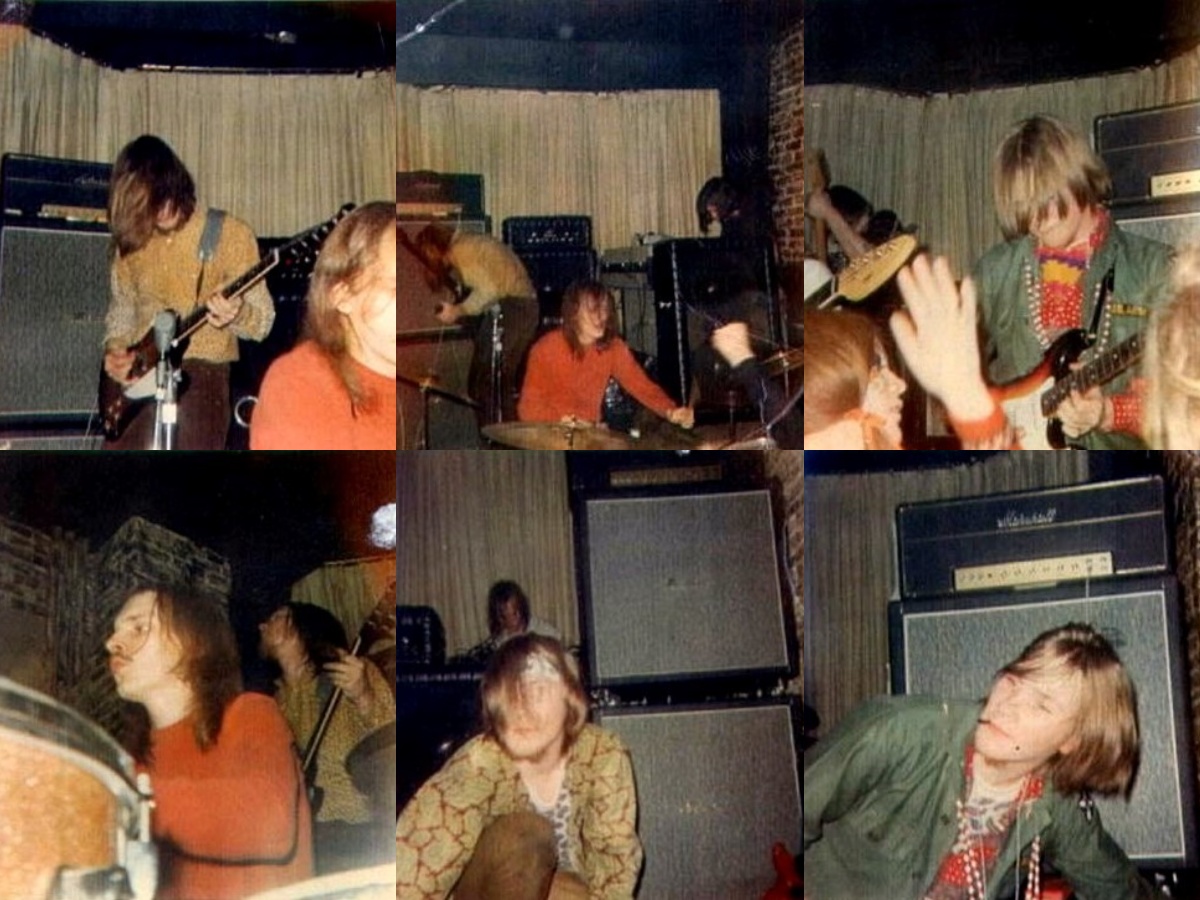
What bands were you a member of prior to the formation of The Urch Perch? Did any of those record anything?
I mostly played in neighborhood bands. I remember one time dragging my new drum set; that I bought with my own money, (money that I saved to go to Cardinal Gibbons Catholic High School, but decided to buy a set of drums and go to public school instead) down the street to play at my friend Bill Rick’s house and we ended up playing on the street corner to passersby.
I was getting better so I decided to respond to an ad in the newspaper for a band called “The Outcasts.” My friend Tom Buell drove me over to the audition in Pikesville not too far from where I lived in Catonsville. There was a guitarist auditioning at the same time, Gil Rinehart. Gil and I both made the audition on the strength of us both knowing the Yardbirds, ‘Train Kept A Rollin” and every Rolling Stones song they knew and that my friend Tom Buell had brought a whole pound of pot which he dumped out on the pool table.
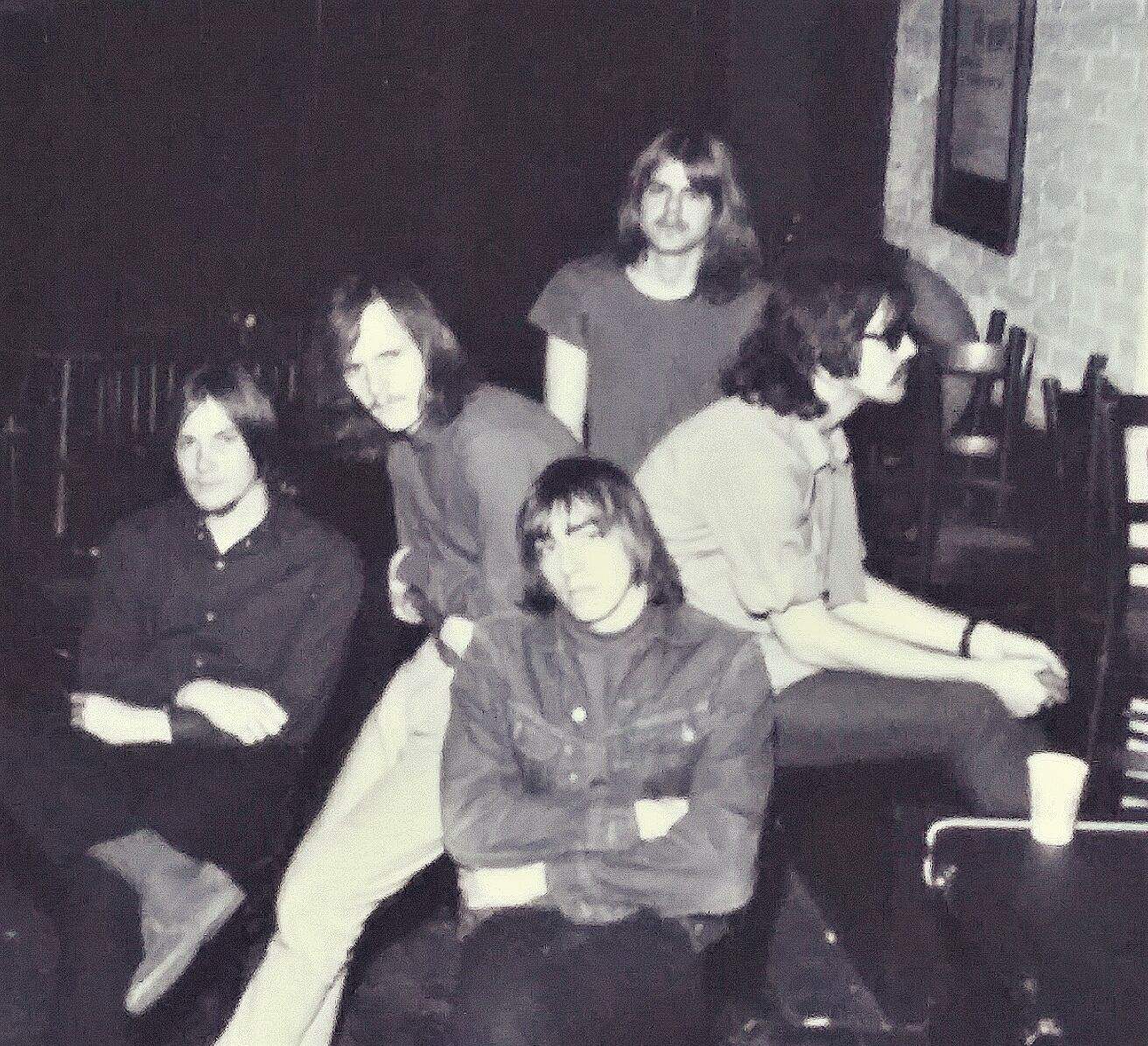
Roger Scarborough the bass player of the Outcasts worked for Henry’s Draperies and Henry had a wife who wanted to sing so we became her back-up band to a sing track written by Dave Ready, the rhythm guitarist called ‘Haite Street Dream’ recorded at Flight 3 Studios by George Massenburg, at top notch guy who went on to engineer and produce Grammy winning albums for Earth, Wind & Fire, James Taylor and Little Feat amongst others and also contributing writer for Mix Magazine.
“There were 10,000 people in this tent and another 50,000 outside all smoking joints”
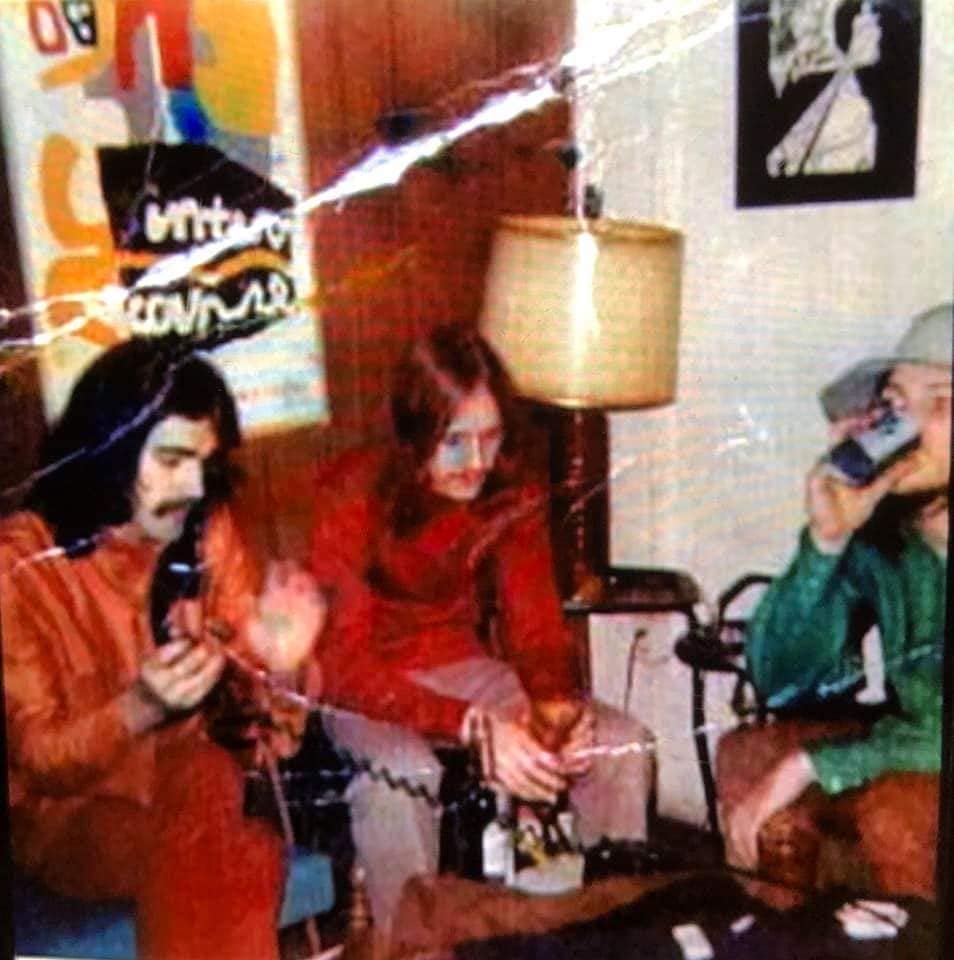
Can you elaborate the formation of The Urch Perch?
As the Outcasts were rehearsing in Pikesville and getting better we decided to change the name to Blues Inversion and look for gigs. The first one we came up with was the Zoo in Brooklyn which we played with a band that had all green sparkle vests and custom amps. Then we heard about a place called the Bluesette Teen Discotheque on Charles St in Baltimore. So we went up there and met this guy Art Peyton on the front steps of this rowhouse that used to be the Flambeau coffee house that they had converted to a non-alcohol nightclub for teens. I remember hearing the band Uncertain Things from the sidewalk where we were talking to Art and they were killing some Stones songs and ‘White Rabbit’. We booked a date for the next week for an audition.
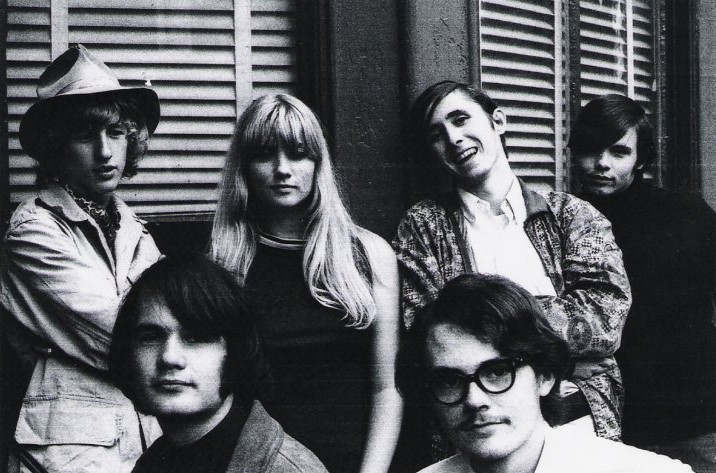
The next week on the way to the audition the singer Barry got cold feet and quit. We were all in the back of this Henry’s Drapery truck on the way into the city. We decided to go on without him. Gil Rinehart had a friend in the audience who could sing and play harp so we took the stage with him. We tore into our set of Yardbirds, Stones and Paul Butterfield and blew the place away. We made the audition and Art said we could use the Bluesette to rehearse. We began rehearsing at the Bluesette and after a while Art came down to the rehearsal and said he had another band called The Moss, that had a great singer and bass player that wanted to join up with us and we brought them in and became the “Urch Perch.”
When and where did The Urch Perch play their first gig? Do you remember the first song the band played? How was the band accepted by the audience?
As we were rehearsing our new band we started brainstorming names for the band. Robbie Hildreth, our singer said his father suggested Urch Perch and the Treesitters as a joke because he and his good friend Garry Moore of TV fame used to use that as a come on to get girls to go out by saying, “let’s go hear Urch Perch and the Treesitters.” We all liked the shortened version of the name and Len Jones the bass player promptly drew up a psychedelic logo. We then became the house band at the Bluesette breaking all attendance records and generally creating a lot of excitement in the local scene.
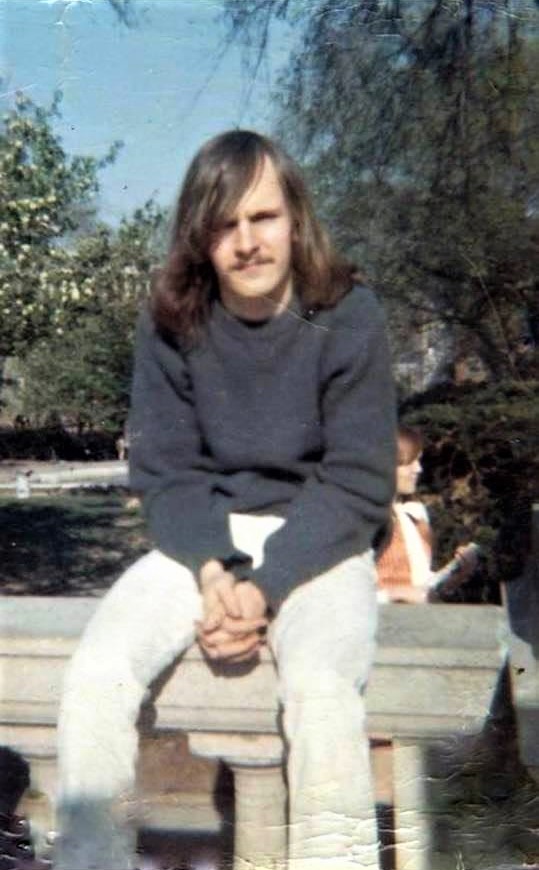
“Frank Zappa wanted to sign us to Bizarre Records”
What sort of venues did you play? What are some other bands you shared stages with?
Art as our manager started to capitalize on our popularity by booking us all around Baltimore and Washington, DC. We started playing CYOs and Teen Centers. We played the Modern Gallery of Art in DC as the Orgasm in this art exhibit called “Intercourse” that featured a long tube that stretched two floors and ended with us playing heavy rock music at the end. One notable gig was the Anti-Inauguration ball for Richard Nixon in a huge tent across from the White House. Set up by the SDS on the same day as the real balls it featured Judy Collins, the Fugs, Phil Ochs and the Fallen Angels, but we really stole the show because we showed up with our own sound system. There were 10,000 people in this tent and another 50,000 outside all smoking joints. I was starting to get scared while we were playing, the crowd sat on our truck to get a better view and crushed the roof in. I was later recognized on the street a lot as Gene Rosenthal made a movie called “Protest” about the event which is still being shown to this day. We also played the Ambassador Theater on Massachusetts Ave in DC opening for the Canned Heat. We also played the Electric Factory in Philadelphia with Ten Years After. After a while we went to New York and stayed at the famous Albert Hotel in Greenwich Village and played Cafe Wha? where Jimi Hendrix was discovered and the Bitter End where we auditioned for Frank Zappa who wanted to sign us to Bizarre Records so we met with him and his manager Herby Cohen.
We originally met Frank Zappa in Baltimore as his band The Mothers of Invention played Johns Hopkins University as part of their “Call Any Vegetable” tour. Their agent Herbie Cohen was so cheap he didn’t get them a hotel room, so they spent their time before they had to catch their flight at this fraternity that we used to play at on fraternity row at Hopkins. We got a call saying Frank Zappa was there so we decided to go and meet him after our gig. We rushed over still in our stage clothes and went downstairs in the fraternity house where there was a big party going on and as we were coming down the stairs Frank Zappa saw these long haired musicians and we quickly rescued him from the drunken debauchery and went outside and talked in the garden. Frank Zappa saw me shivering in my sweaty stage clothes and lent me his full-lengthbomber jacket. We talked about music for about an hour or more, he revealed that he played guitar on ‘Help I’m a Rock’. Frank Zappa recommended we meet him in New York and audition for him and Herbie Cohen at the Bitter End, so we made plans for later that year in 1967. We auditioned at the “Bitter End” with a full set of original music that was good enough to impress Frank Zappa into offering us a contract. We just didn’t like the terms of the deal. We had a lot of offers. We just never took them. After our audition in NYC we met with Zappa & Cohen at Cohen’s apartment; Linda Ronstadt had just arrived from Texas while we were there.
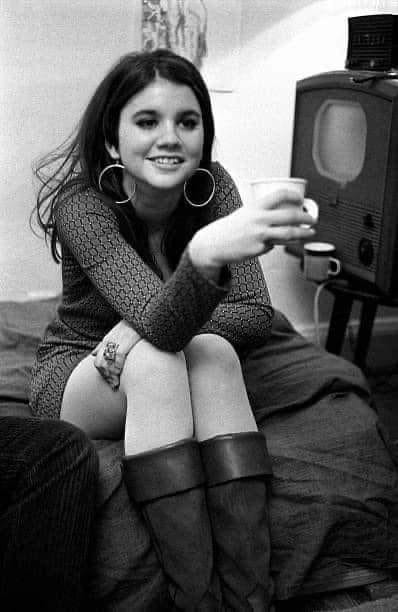
In 1969 we went to Los Angeles and played the Whisky a Go Go on the Sunset Strip and a few other gigs in and around LA. We had a house we rented near Hollywood & Vine next to the cast of “Hair.” The first night we were there these five girls showed up asking for the previous occupants. They ended up staying and making themselves useful by stealing food from grocery stores and feeding everybody. I remember walking around MacArthur Park with my brother Steve, my sister Kathy and my girlfriend Jan Arthur and just saying I was feeling ”bad vibes” and I wanted to leave LA. That night my brother and I went out on the streets of Hollywood looking for parts to fix our VWs so they would be roadworthy. We then packed up two sets of drums and everything we owned into two Volkswagen’s and hit the road to San Francisco, that night turned out to be the night of the Tate–LaBianca murders.
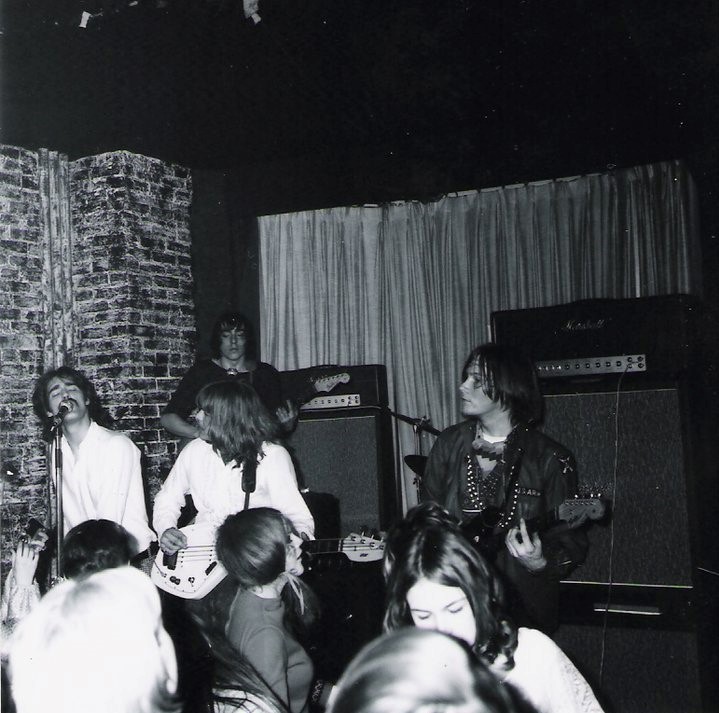
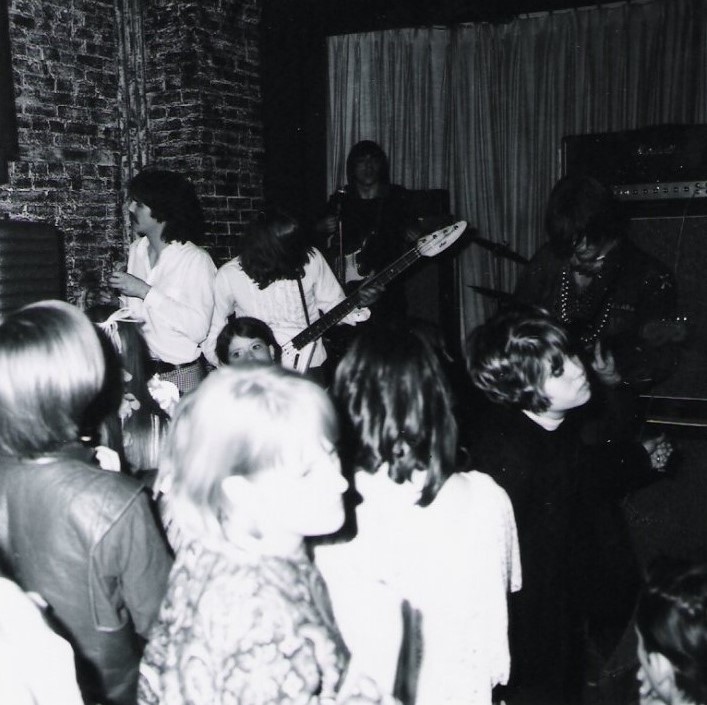
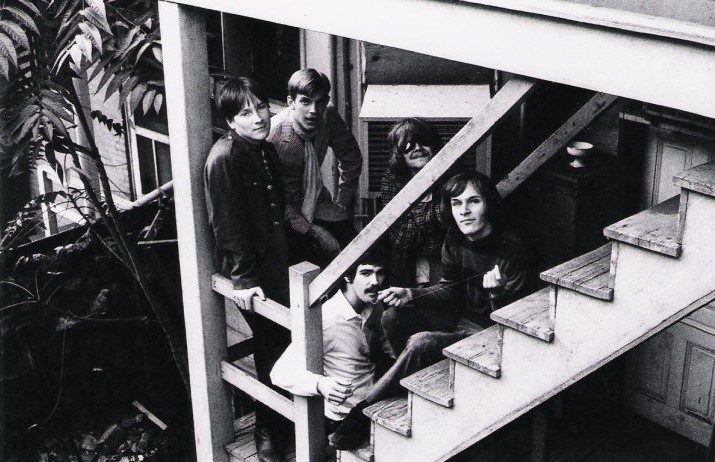
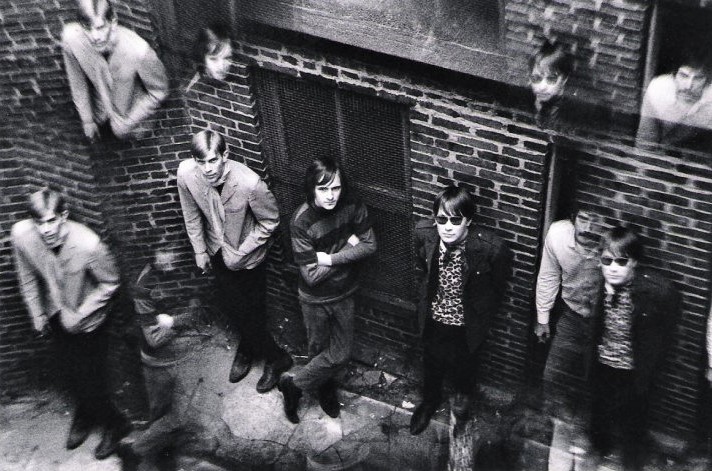
What influenced the band’s sound?
The Bluesette where we lived was a jazz club after hours on the weekends where I got to see a lot of the great jazz musicians who would come into town and play the Playboy Club and head to Back Alley Blues for a show from 2 to 5 AM. I sat on the stage with Rahsaan Roland Kirk. Listened to Sonny Rollins and anybody there was anybody.
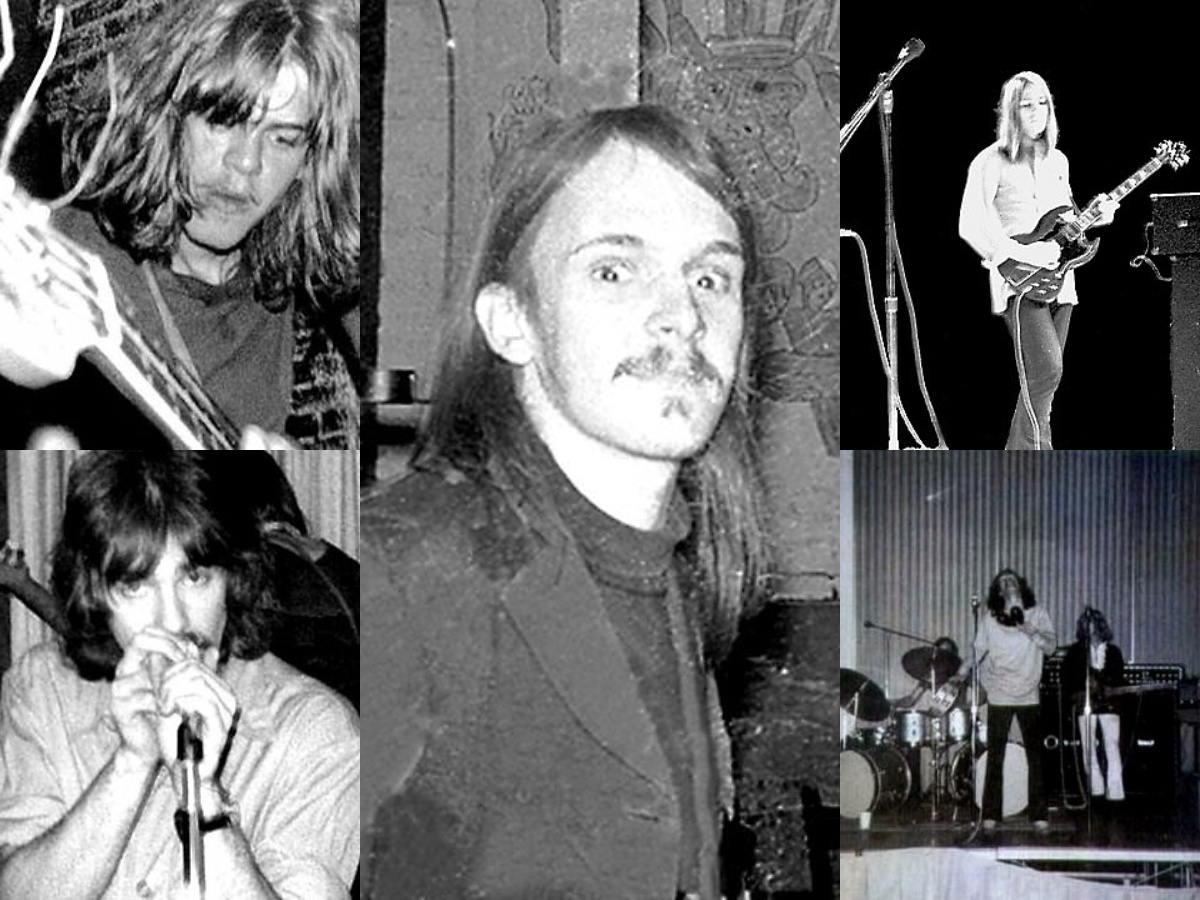
Your only known song is featured on the recent ‘Psychedelic States: Maryland In The 60s’ compilation. Is there any more recorded or even released?
Nothing was ever released. We did record five songs with George Massenburg a famous producer with many Gold Records to his credit. We are releasing them March 17th 2023 on Adobo Records.
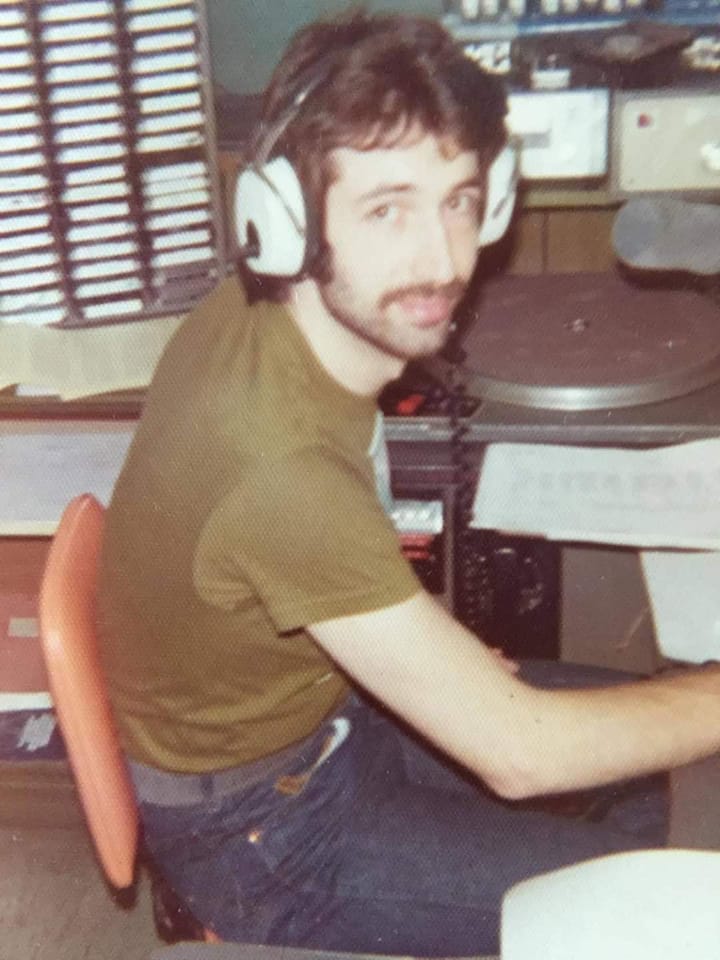
How many of your own songs did you play? How did the gig repertoire look?
We had a lot of original music one notable one was ‘Orange Skies’ instrumental that featured long guitar and drum solos. Some songs never got recorded.
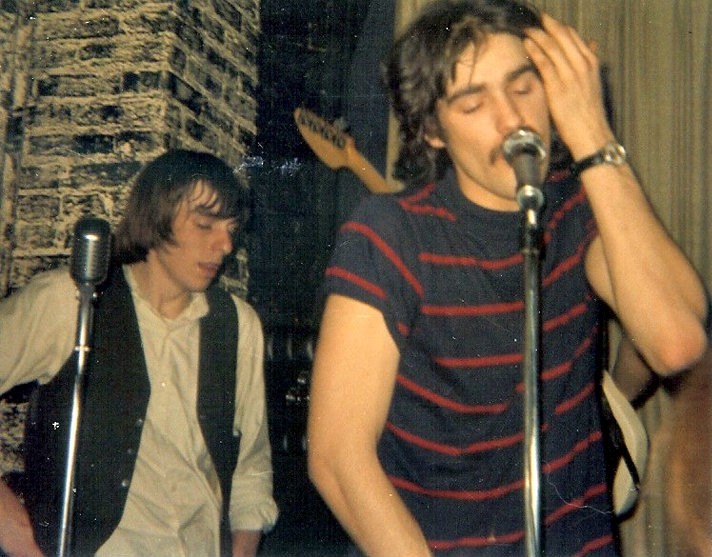
Did you ever experiment with psychedelics?
We first started experimenting with acid in the late 60s living at the Bluesette. One time I remember we played New Years Eve at the Bluesette and I took LSD and was laughing so hard I fell off my drum stool. We mostly just drank wine, Italian Swiss Colony to be precise.
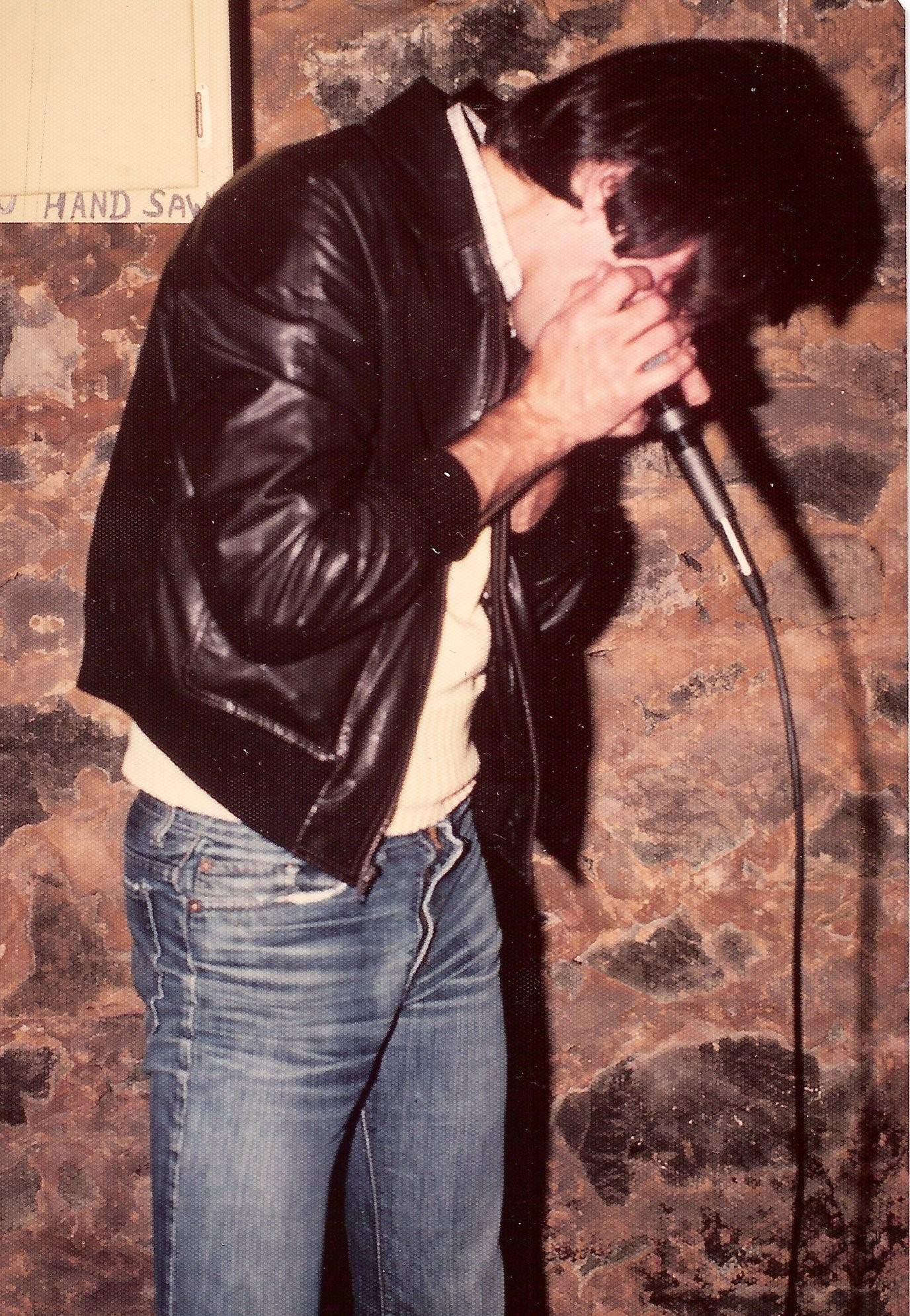
What happened after the band stopped? Were you still in touch with other members? Is any member still involved with the music?
Gil Rinehart and myself and Jeff Silverman opened up for Mahavishnu Orchestra at the Morris A. Mechanic Theatre in Baltimore in 1972. In the early 2000s put on 4 reunion concerts called Bluesette reunion of which there was a documentary made by Sharon Peyton featuring interviews and music.
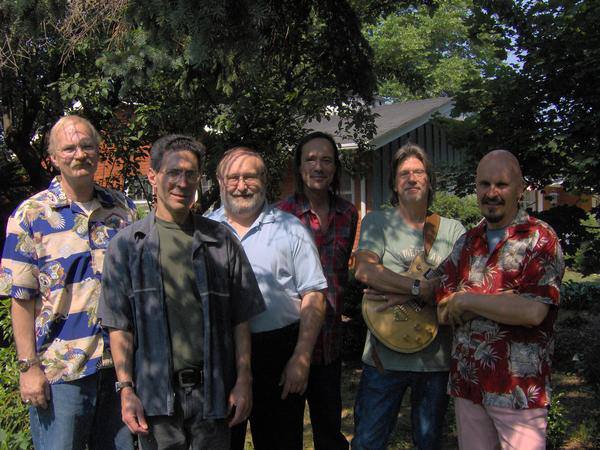
Looking back, what was the highlight of your time in the band?
Mostly the early days at the Bluesette, I would do drum solos for 20 minutes and people would be standing in line just to shake my hand. It was a phenomenal time.
Klemen Breznikar
The Urch Perch Facebook / Instagram / YouTube

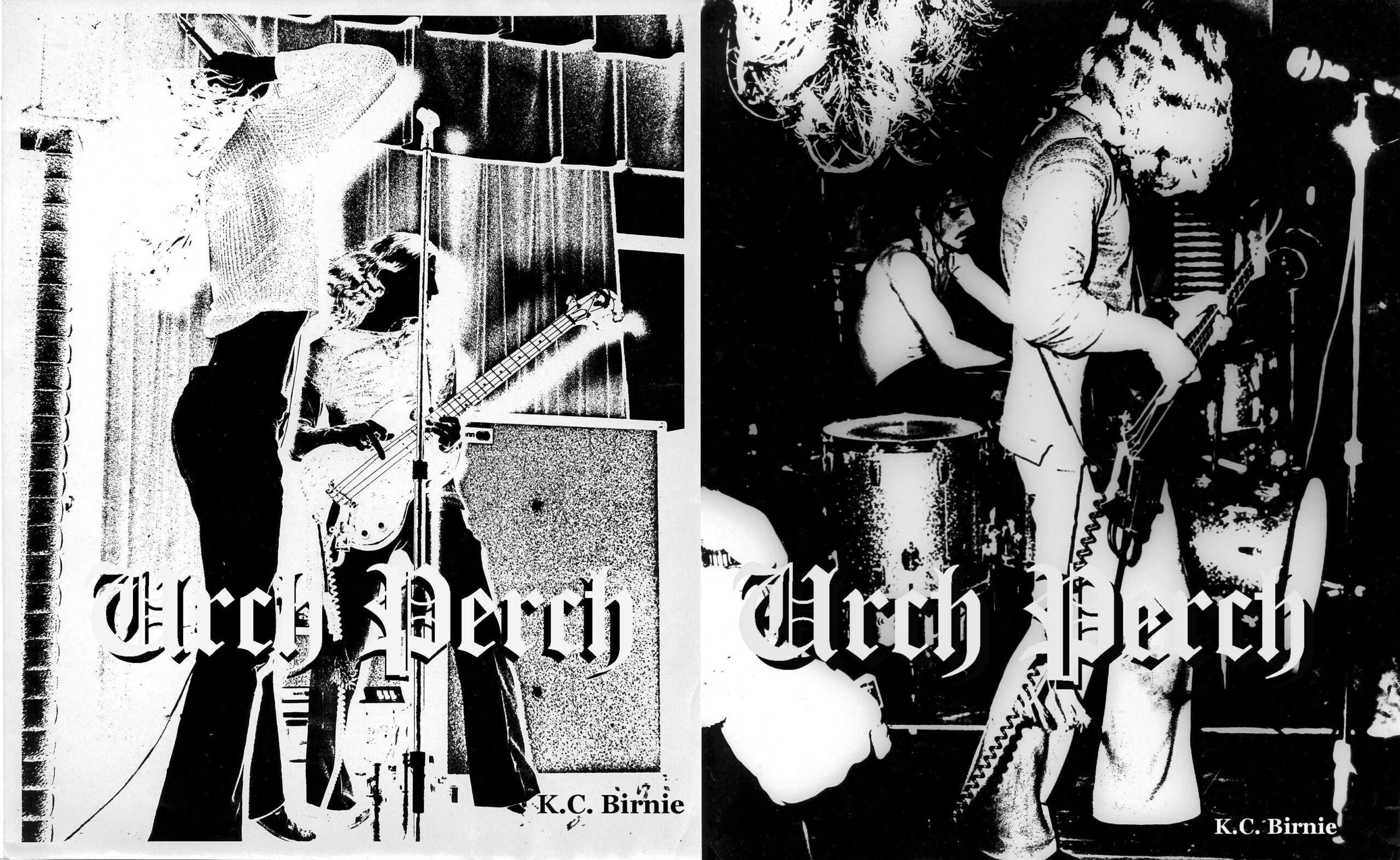
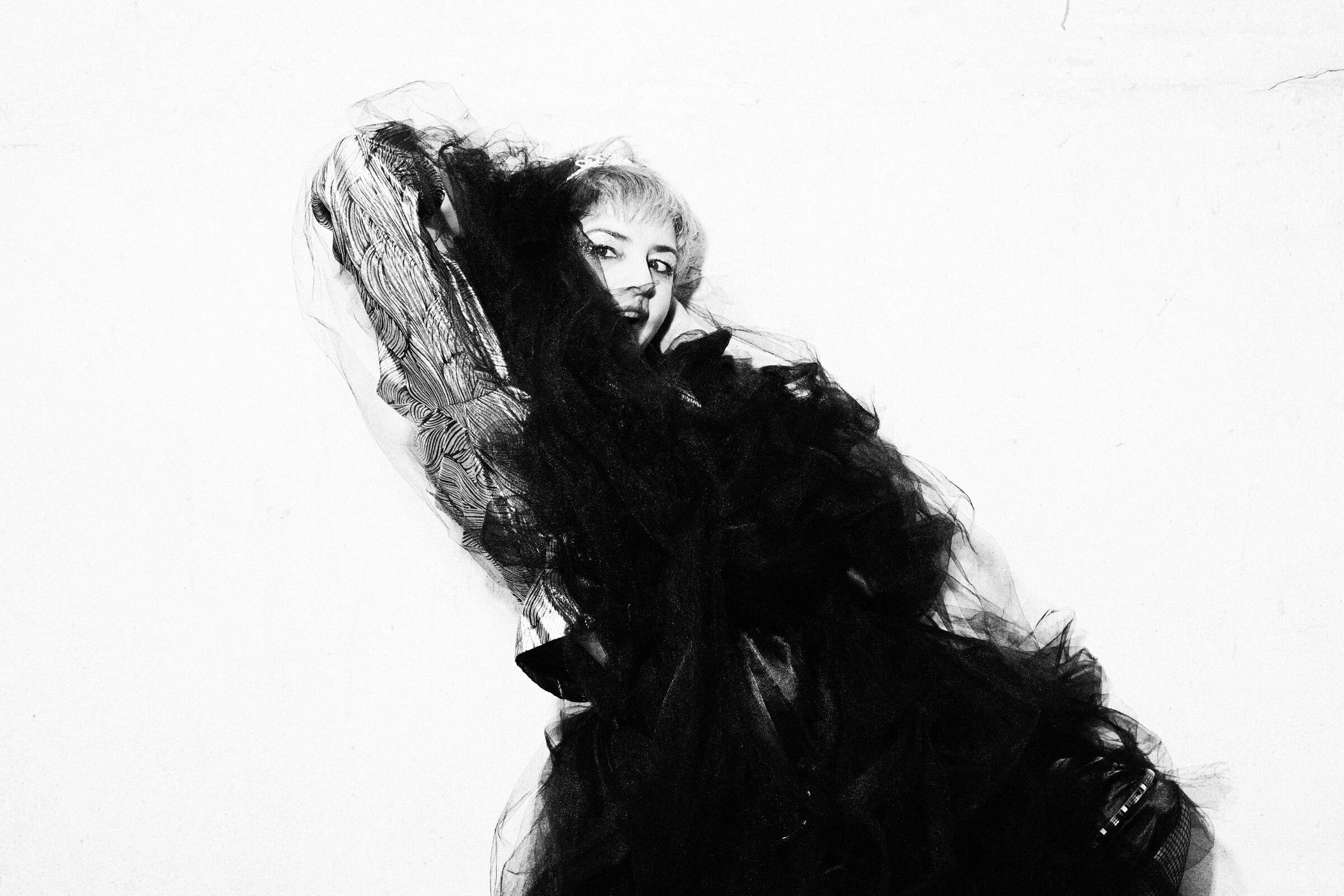
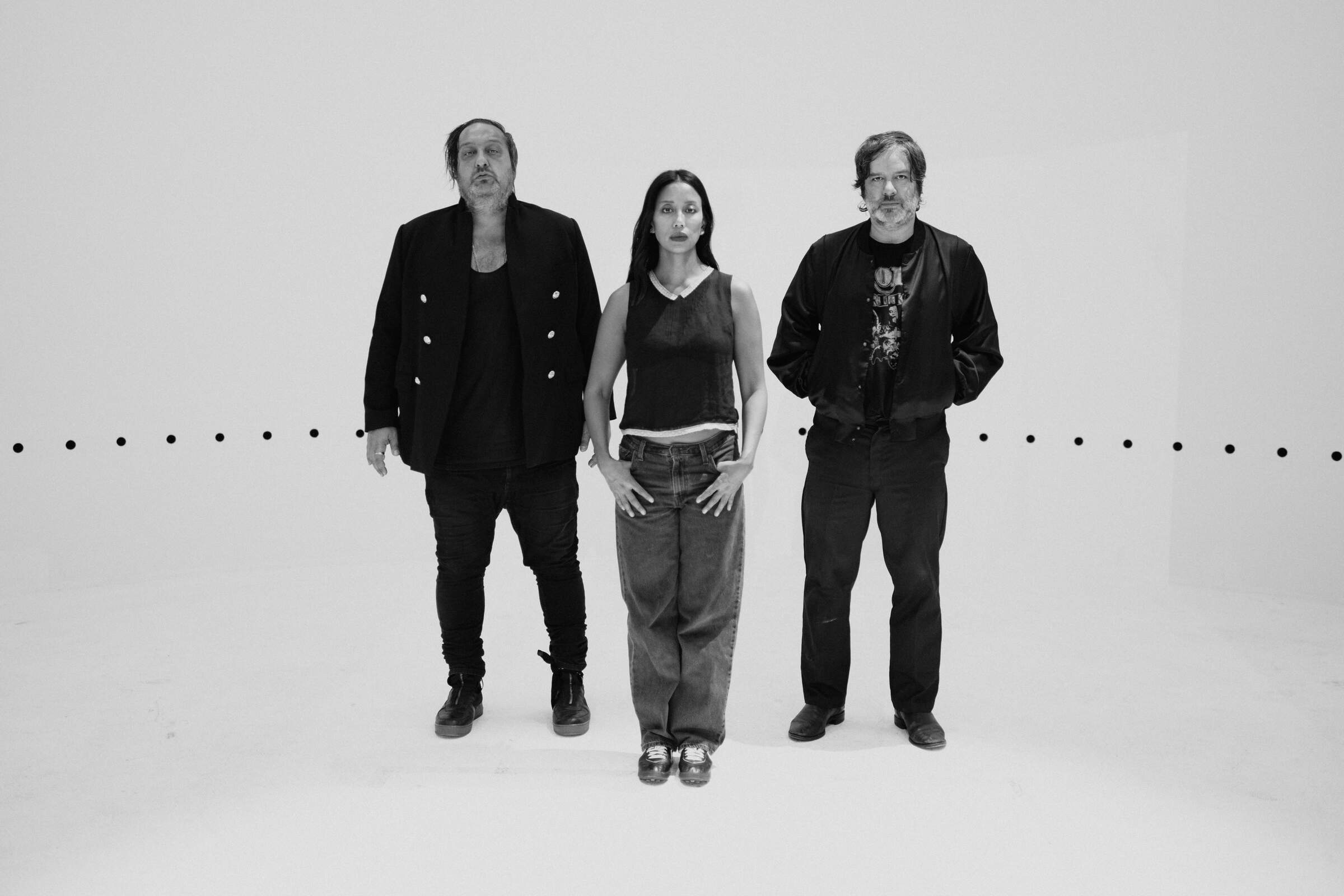
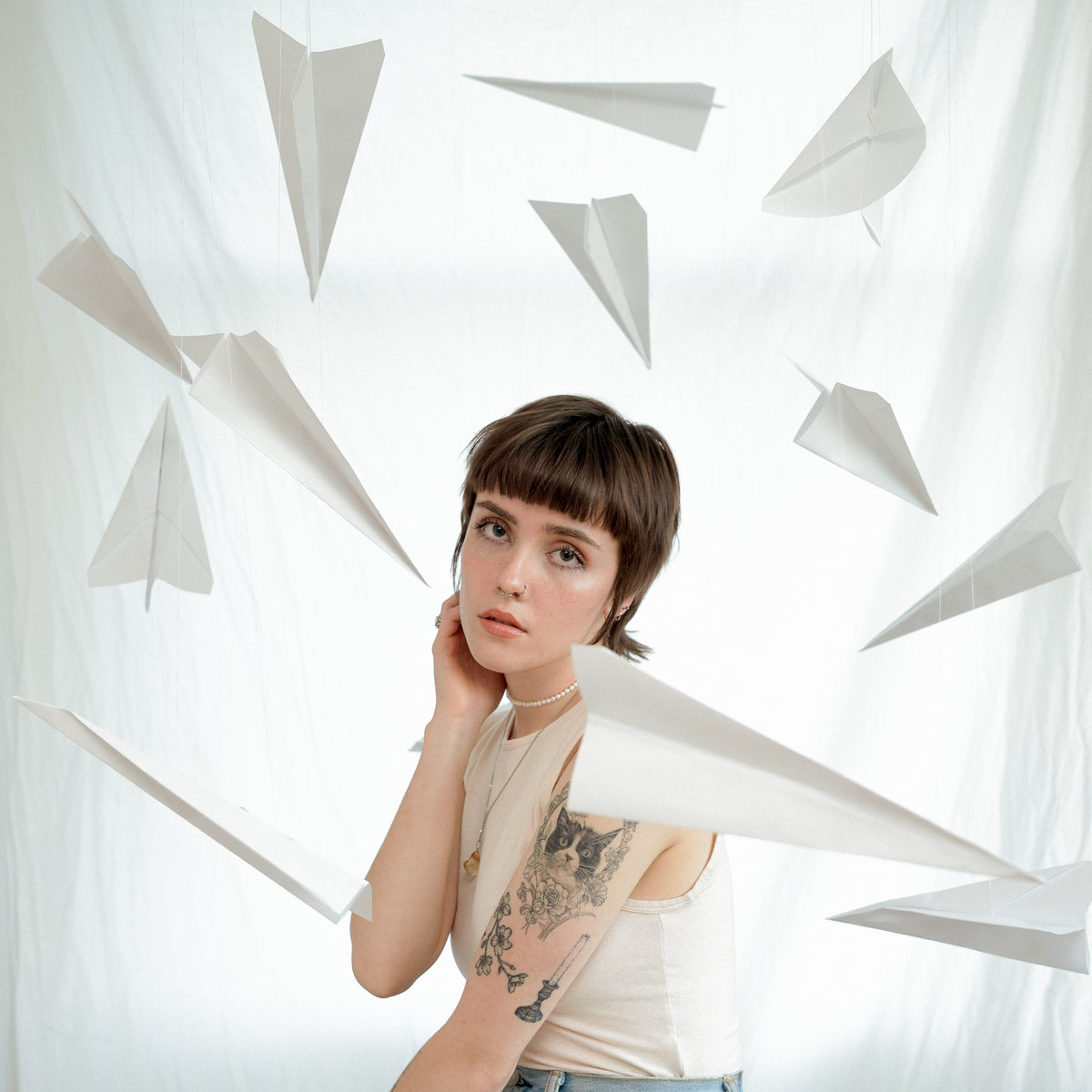
Nice interview and good stories. Interesting band who were active during that great era, too bad they didn’t get to record a full album. Love the vintage photos.
I saw them at the Bluesette a lot. I was upstairs for a brief visit one time, and one of the Urch Perch guys showed me a 45rpm record from a session in New York – I always thought he had said it was N.Y.. Art had paid for the trip and studio, as I recall. Is that session among the releases?